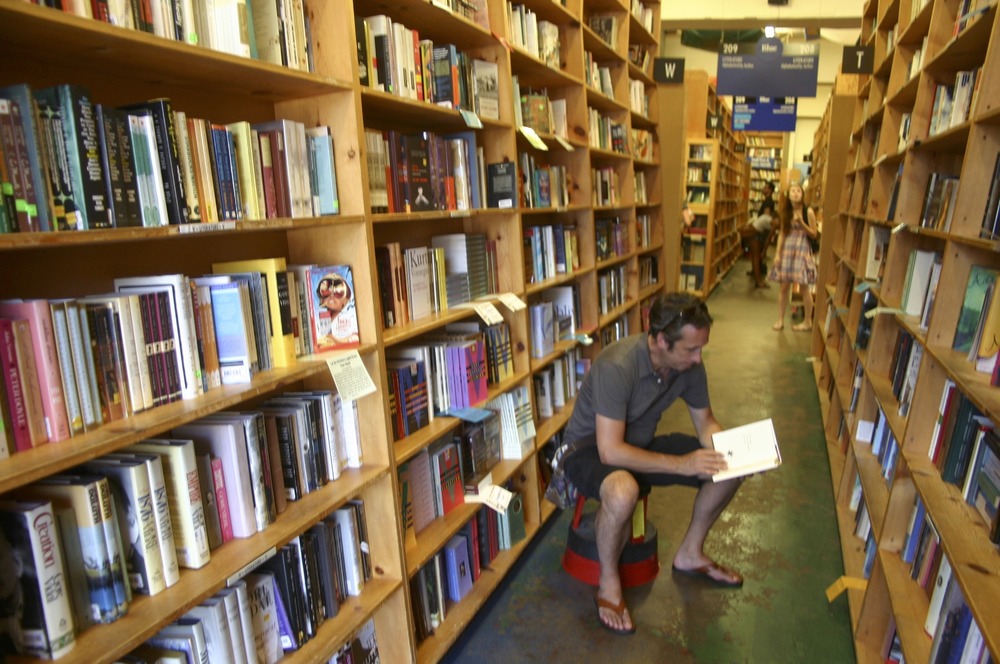 There is an urban legend of sorts regarding the Jigyô (地行) neighborhood which claims that the area was in olden times a killing field of sorts, a place where the condemned went to die. The name, people will tell you, actually means go to hell (地獄に行く, jigoku ni iku) and because so many people were executed there it is to this day haunted.
There is an urban legend of sorts regarding the Jigyô (地行) neighborhood which claims that the area was in olden times a killing field of sorts, a place where the condemned went to die. The name, people will tell you, actually means go to hell (地獄に行く, jigoku ni iku) and because so many people were executed there it is to this day haunted.
I don't know if there's any truth to that story. There is frankly so much conflicting information about where executions were conducted in the city during the Edo Period that you can pretty much be guaranteed to bump into ghosts no matter where you happen to venture. That said, considering how undeveloped Jigyô is compared to the neighborhoods around it, there must be enough people who still believe in the legend to avoid this otherwise nice piece of real estate.
The first several shots are of Torikai Hachiman-gû, an unassuming shrine located in Imagawa, just across the street from Jigyô. One of the main attractions of this area (incl. neighboring Tôjin Machi), for me at least, is the large number of shrines and temples, a testament to how old this part of Fukuoka City is.

On the grounds of Torikai Hachimangû, you'll find a small shrine dedicated to Ebisu (恵比寿). The patron god of fishermen and good luck, as well as the guardian of the health of small children, he is one of my favorites of the Seven Gods of Fortune (七福神, Shichifukujin). Ebisu is often paired with Daikokuten, another of the Seven Gods. You can find displays of the two patrons in small shops and pubs throughout Japan.

Ring the bell and make a wish.

From the shrine I walked over to Fukuoka Yahoo! Dome where an event featuring local spirits (shôchû and awamori) was being held (See Kampai section). The event itself wasn't something of a disappointment, but being able to wander around the baseball field and see the Dome as the players see it made it worth the visit.


On my way home, I cut through the neighborhood of Tôjin Machi (唐人町). The origin of the area's name (lit. Chinaman's Town) is not clear, but according to the Chikuzen no Kunizoku Fûdoki (筑前国続風土記) the area was once home to residents from Goryeo (modern day Korea) and ships from China would lay anchor there.

I could be wrong, but I believe this temple and charnel house (pagoda) behind it is called Daiteidaien-ji (大悌大園寺). Business seems to be booming.

Notes: 文献上に始めて登場するのは、1627年(寛永4年)に成立した『筑前筑後肥前肥後探索書』である。江戸時代には唐津街道に沿って町家が立ち並び、これが後の唐人町商店街に発展したと考えられている。1784年(天明4年)には、福岡藩の藩校として亀井南冥館長による西学問所「甘棠館」が設立された。しかし、1792年(寛政4年)10月に商家から出火した火災で炎上。そのまま廃校となり、生徒は東学問所修猷館に編入され、その後も再建されることは無かった。
 Tuesday, September 6, 2011 at 10:00AM
Tuesday, September 6, 2011 at 10:00AM
The entrance to Daichôji, a small Buddhist temple in Maizuru.



